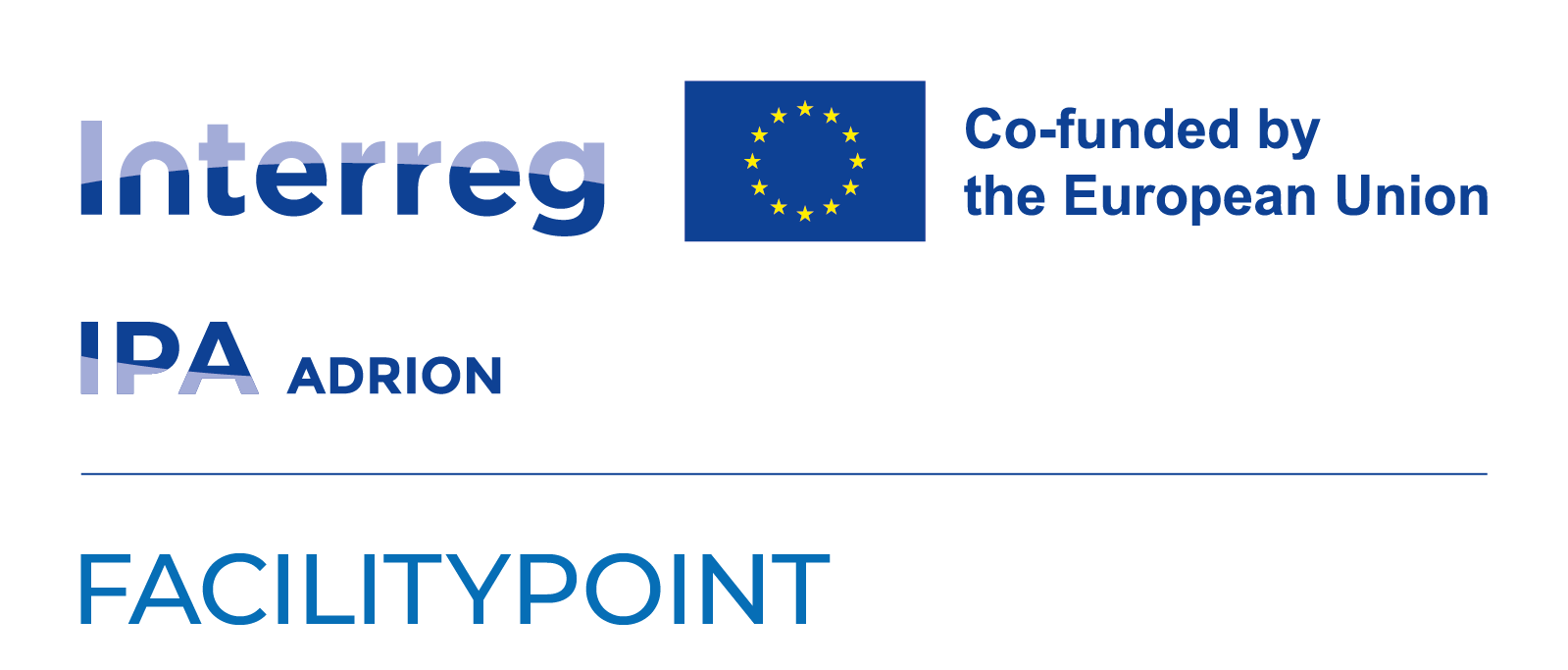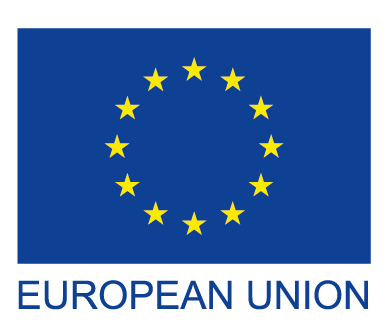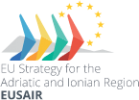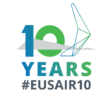ABOUT EUSAIR
The EU Strategy for the Adriatic and Ionian Region (EUSAIR) is a macro-regional strategy adopted by the European Commission and endorsed by the European Council in 2014. The Strategy was jointly developed by the Commission and the Adriatic-Ionian Region countries and stakeholders, which agreed to work together on the areas of common interest for the benefit of each country and the whole region.
Strategy
The EU Strategy for the Adriatic and Ionian Region is one of the four EU macro-regional strategies, besides the EU Strategy for the Baltic Sea Region (2009), the EU Strategy for the Danube Region (2011) and the EU Strategy for the Alpine Region (2016).
The EUSAIR covers ten countries: four EU Member States (Croatia, Greece, Italy, Slovenia) and six non-EU countries (Albania, Bosnia and Herzegovina, Montenegro, North Macedonia, San Marino, Serbia).
Background and objectives
The general objective of the EUSAIR is to promote economic and social prosperity and growth in the region by improving its attractiveness, competitiveness and connectivity. With four EU members and four non EU countries the strategy will contribute to the further integration of the Western Balkans.
The participating countries of the EUSAIR agreed on areas of mutual interest with high relevance for the Adriatic-Ionian countries, being it common challenges or opportunities. The countries are aiming to create synergies and foster coordination among all territories in the Adriatic-Ionian Region in the four thematic areas/ pillars:







